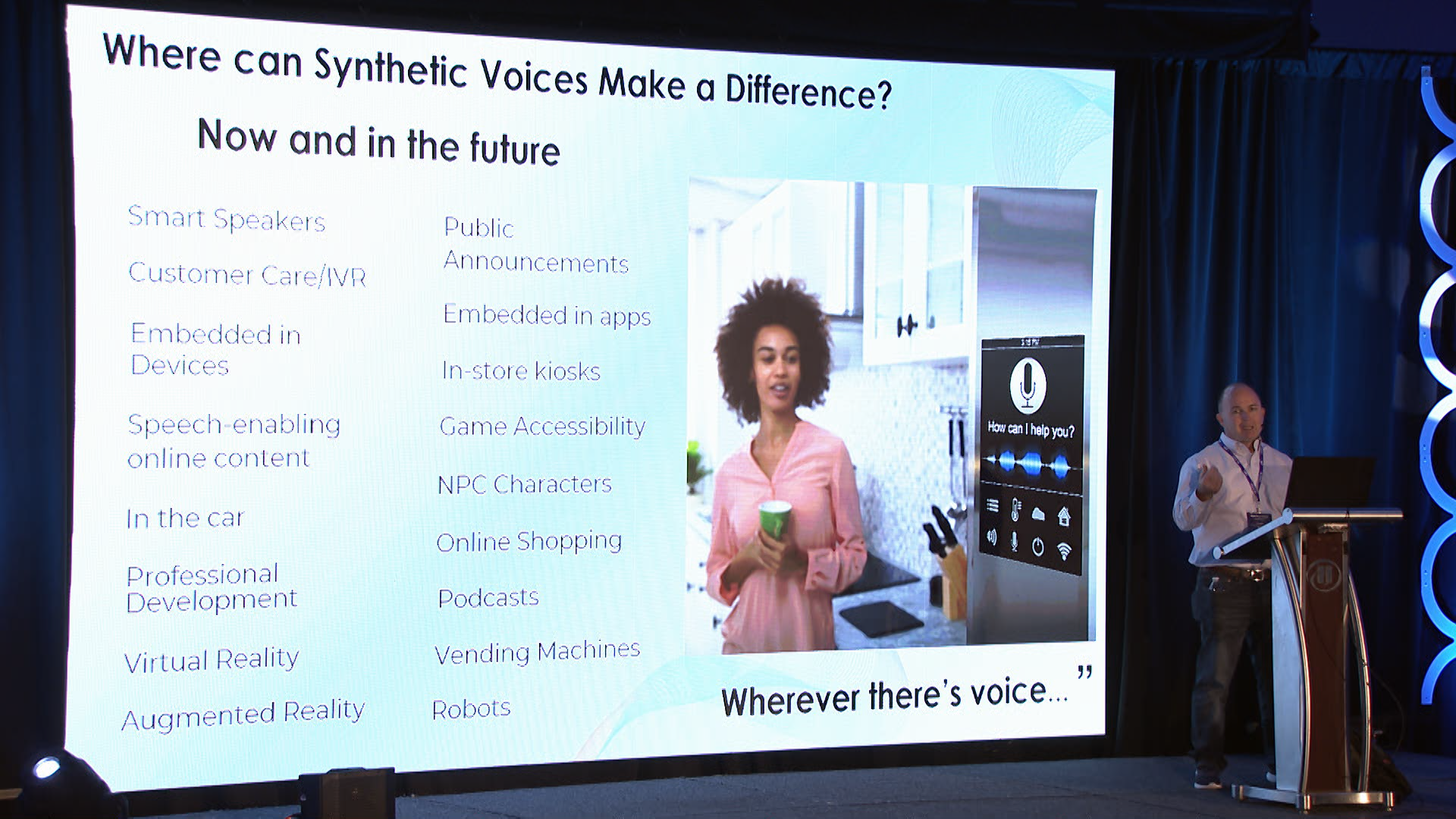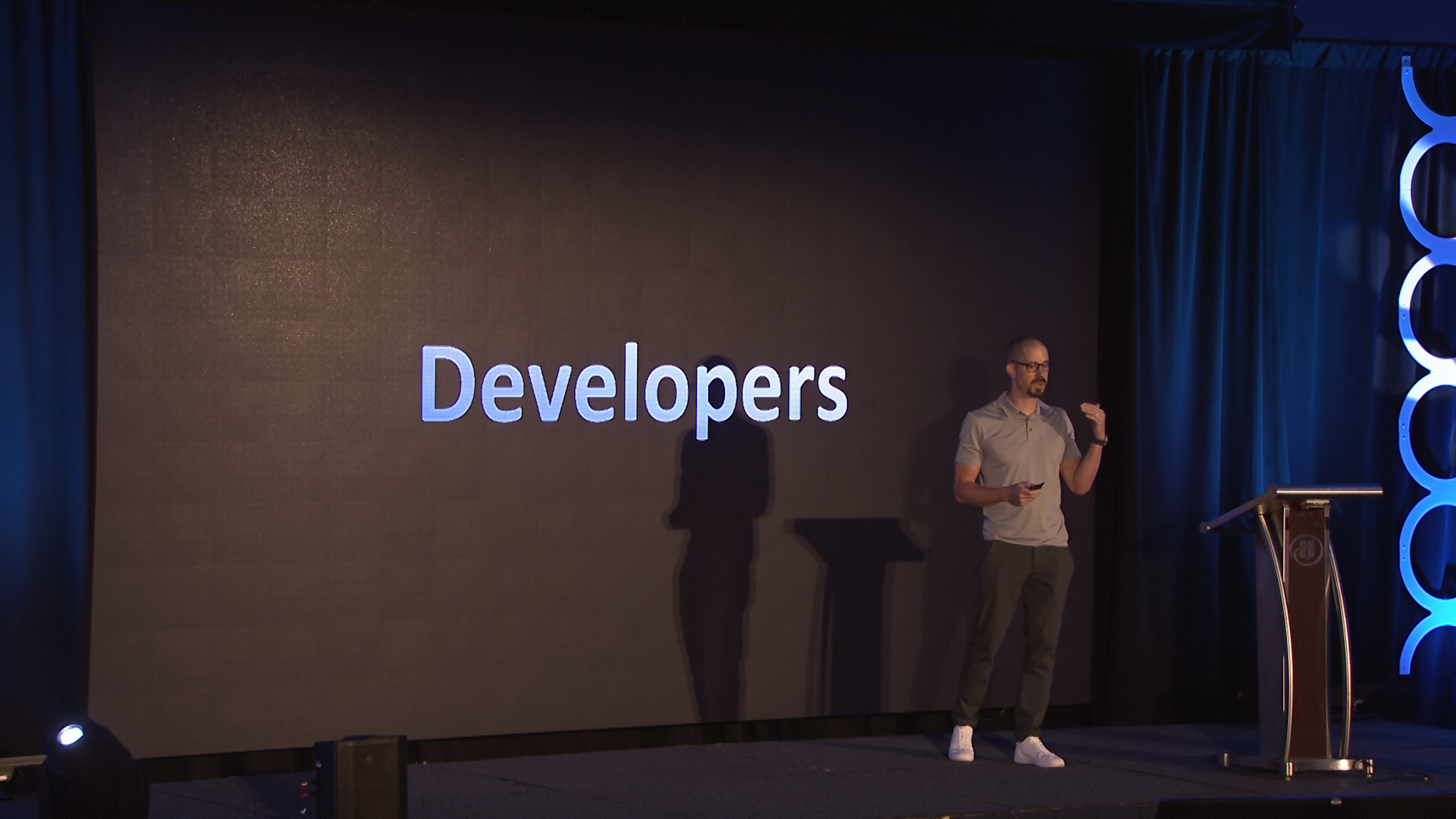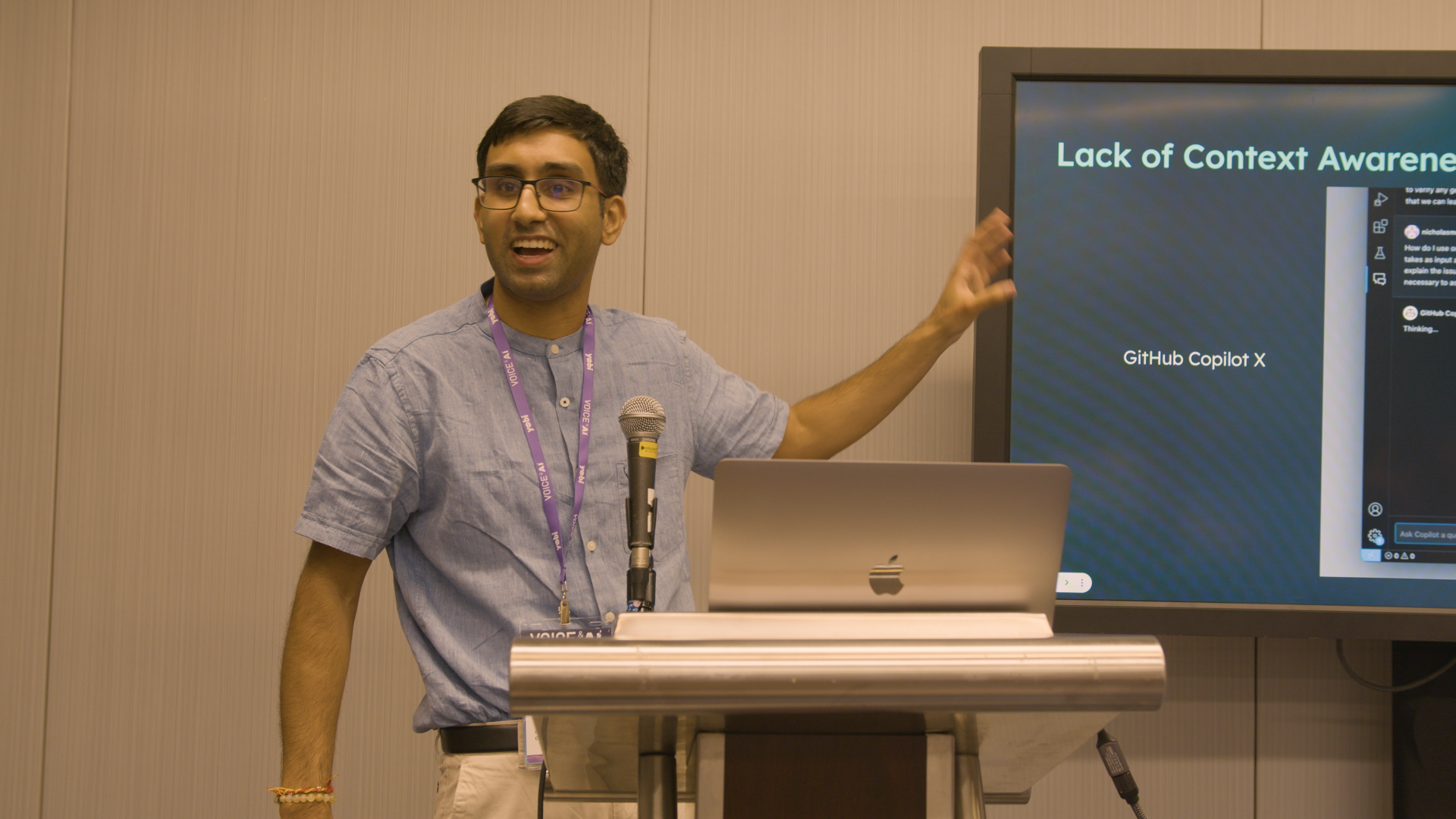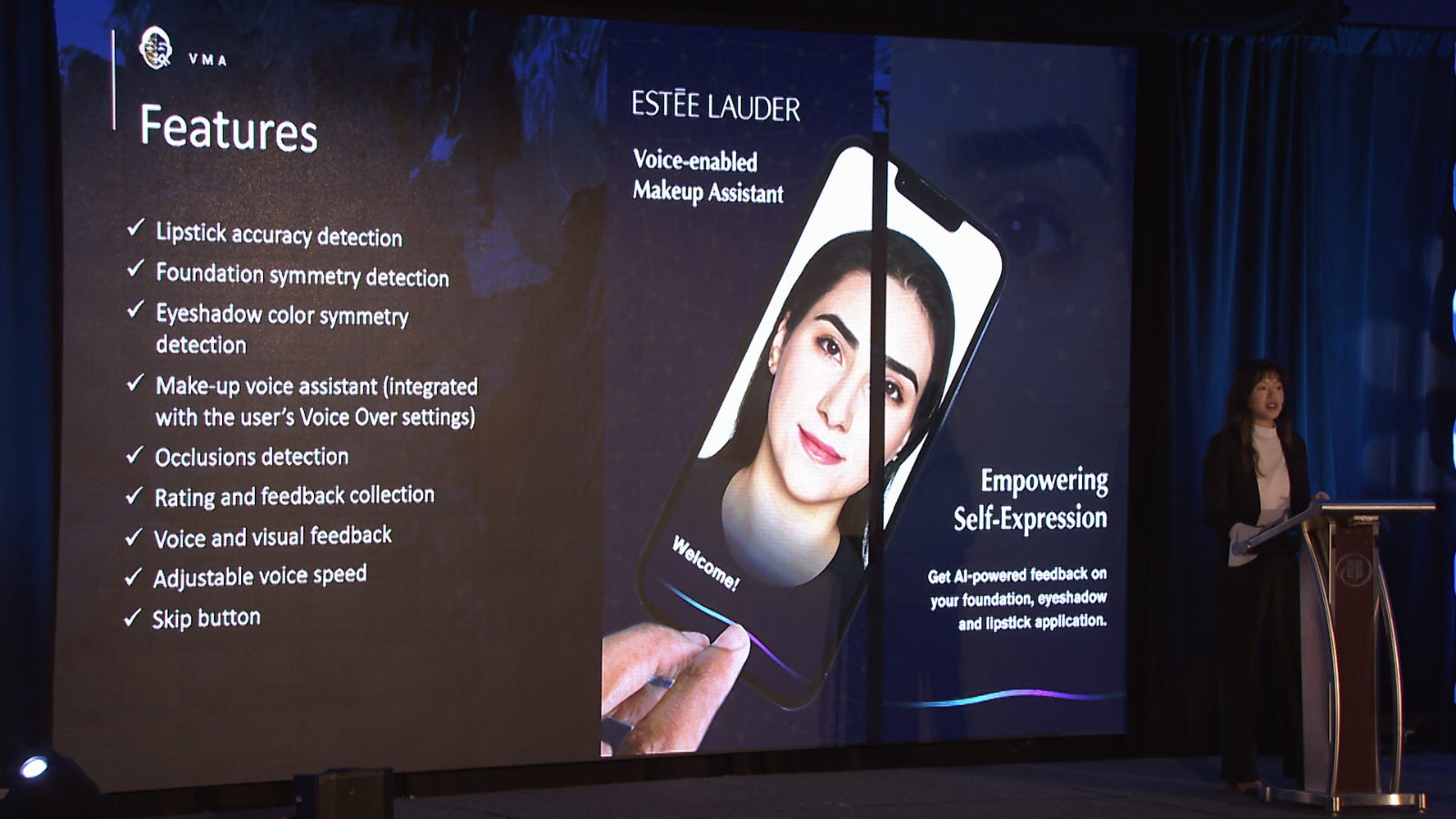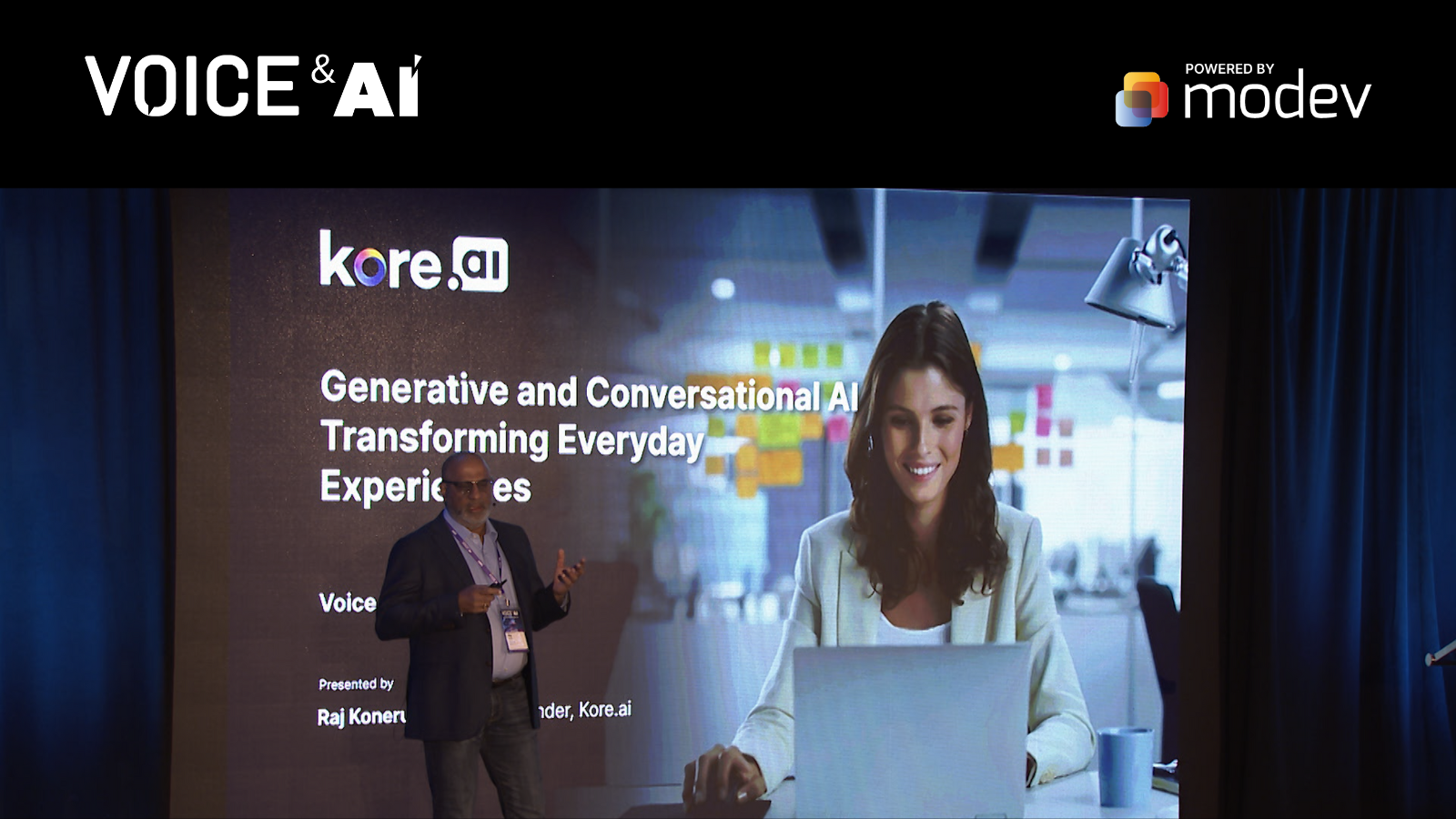The development of artificial intelligence is growing at a frenetic pace, and the tech is poised to transform our world. And while we're still in the early stages of the tech's deployment, two sub-fields have emerged as the dominant applications of AI: Conversational AI and Generative AI. While conversational AI is tasked with providing natural language interactions, generative AI, as its name implies, is designed to produce new content from the prompts it receives. Both have differences and similarities - that we'll get into below - but they work together. One could even argue that you can't have one without the other (that's what I will do in this post).
This post looks at both conversational and generative AI, what sets them apart, and how they converge.
What is Conversational AI?
Conversational AI is a branch of AI that enables machines to communicate with humans naturally, meaning that its interactions are delivered in a human-like manner - that's the goal here: to create a seamless interaction that feels like you're talking with an actual human being. This technology is commonly found in chatbots, virtual assistants, and messaging apps to reach/assist users, enhance the customer experience, and simplify business processes while improving the interface's usability. If you've ever used Siri, Alexa, or Google Assistant, you've played with conversational AI before.
Conversational AI models need to learn natural conversational language patterns to generate proper responses. To that end, they're trained by being fed troves of human dialogue data which the model then analyzes using techniques like natural language processing (NLP), natural language understanding (NLU), and natural language generation (NLG).
What is Generative AI?
Generative AI, for its part, is a more recently developed branch of AI. Its goal is to enable machines to create original content based on a mix between its training datasets and user prompts. Generative AI can produce anything from essays and poems to musical compositions, images, and 3D models. It can even build a website or write software. Generative AI's modus operandi takes in a set of data inputs, references its training data, and produces original outputs.
Generative AI uses sophisticated machine learning techniques that rely on generative adversarial networks (GANs) and transformer models like GPT-4 (GPT stands for generative pre-trained transformer). These models are fed massive datasets of text, images, and video and can "creatively" produce original, authoritative, and human-like content. OpenAI's ChatGPT is an excellent example of a generative AI model that outputs text so human-like that it's actually confounding when you know you're interacting with a machine.
Two Shades of AI
From the above, it's clear that the main differences between the two AI models are their ostensible goals (producing natural language responses vs. original content), the way they're trained, and their training data.
We could break down what each AI model is concerned with as follows:
Conversational AI:
- Understanding user context
- Recognizing user intent
- Processing language
- Managing dialogue within interactions
- Knowledge integration
Generative AI:
- Generating original content
- Providing natural interactions
- Solving problems creatively
- Personalizing the user experience
But even then, their overlap pops out. And while these two takes on AI are not interchangeable, it's nonetheless entirely natural for them to "borrow" from each other - adding generative AI capabilities to conversational AI models and conversational AI capabilities to generative AI models. If you think about it, ChatGPT has already done this. It was built with conversational AI abilities.
And there's a slew of applications that can benefit from their convergence. Let's look at a few quick examples.
Enhanced Customer Service
Many organizations are already using conversational AI models in their customer service operations. They typically provide canned answers to common customer queries. And they do this quickly, precisely, and without friction. So conversational AI has already enhanced the customer experience. But with generative AI capabilities, it could take the customer experience to the next level. Generative AI could use existing knowledge bases, manuals, FAQs, case notes, and other sources to generate original and authoritative answers to practically any customer question.
Doing More with Less
Customer contact centers are obvious beneficiaries of conversational and generative AI convergence. But they're just one example. The travel industry has also integrated generative AI technology into their chatbots. One of its main applications is to assist customers in planning their itineraries. With generative AI capabilities baked-in, chatbots have the ability to account for user preferences; they can recommend customized travel routes and offer suggestions based on the customer's identified interests. This is another prime example of how the convergence of conversational and generative AI can transform customer experiences - and positive customer outcomes usually lead to growth.
I could go on (and on), but to keep this post at a digestible length, we'll leave it there with our examples. But you can learn more at Modev's upcoming VOICE & AI conference, September 5th through the 7th, at the Washington Hilton in Washington, DC. We have quite a few speakers that will be discussing the future of conversational AI. Here are a couple you won't want to miss.
AI Agents and Voice: Advancing Customer Service to 5 Stars
Hardy Myers, Senior Vice President, Strategy at Cognigy, wants to consign canned, impersonal, one-size-fits-all phone interactions to History and bring customer service into the era of AI-based automation - with voice at its core.
Hardy understands that conversational AI and generative AI go together like peanut butter and jelly and that their convergence is set to transform the customer experience, refine customer agents' roles, and significantly raise contact centers' efficiency. And this will happen while creating a multi-billion-dollar market unfolding over the next five years.
In his talk, he will explain how the synergy between conversational and generative AI coupled with prebuilt contact center integrations will lead to the engaging, satisfying, and sophisticated voice experiences of tomorrow.
Data Training Deep Dive: Unleashing the Power of Language Models
As part of our pre-conference workshops, Erick Kombo, data trainer for Large Language Models (LLMs) at OpenAI, will take a deep dive into the fundamentals of training data for machine learning models. As the prevalence of machine learning continues to grow, it becomes increasingly important to understand that high-quality and well-prepared data sets enable successful machine learning models.
Through his workshop, Erick will provide attendees with the knowledge and skills to successfully train machine learning models with proper data. All of the fundamental concepts of data training will be explored:
- Data collection
- Preprocessing
- Feature engineering
- Model evaluation
On top of that, Erick will share his breakdown of the critical steps - that cannot be sidestepped - to prepare data for machine learning tasks and explain the guidelines that should be followed to achieve accurate and reliable results when training a machine learning model.
It’s probably fair to assume OpenAI knows a few things about conversational and generative AI, and it’s probably best to hear it from the mouth of the giant.
Wrapping Up
At Modev, we're all about highlighting the latest and most significant developments in the Voice and AI space. And the convergence of conversational and generative AI is undoubtedly a hot topic this year. We're proud to bring you some of the top talent in the field to share their insights - and we hope to see you at VOICE & AI, September 5th through the 7th, at the Washington Hilton in Washington, DC. You can register today at https://www.voiceand.ai/.
About Modev
Modev believes that markets are made and thus focuses on bringing together the right ingredients to accelerate market growth. Modev has been instrumental in the growth of mobile applications, cloud, and generative AI, and is exploring new markets such as climate tech. Founded in 2008 on the simple belief that human connection is vital in the era of digital transformation, Modev makes markets by bringing together high-profile key decision-makers, partners, and influencers. Today, Modev produces market-leading events such as VOICE & AI, ESG Tech Summit and the soon to be released Developers.AI series of hands-on training events. Modev staff, better known as "Modevators," include community building and transformation experts worldwide.
To learn more about Modev, and the breadth of events offered live and virtually, visit Modev's website and join Modev on LinkedIn, Twitter, Instagram, Facebook, and YouTube.

